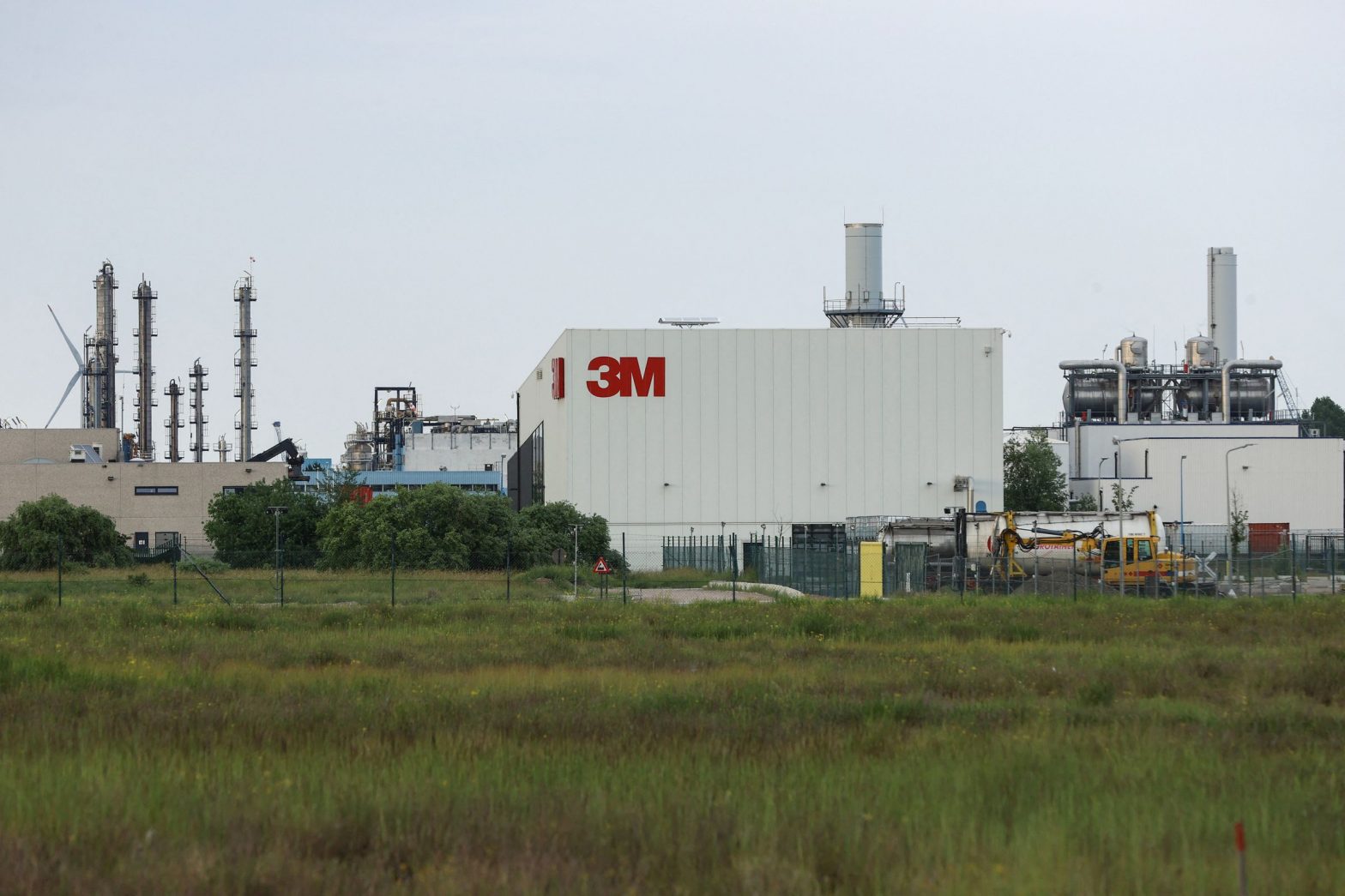/
PFAS, also known as ‘forever chemicals’ for their extreme persistence in the environment, are toxic byproducts of heat-resistant materials.
:format(webp)/cdn.vox-cdn.com/uploads/chorus_asset/file/24661605/1241732286.jpg)
Toxic chemicals linked to cancer and heart disease are disproportionately polluting water sources in Black and Hispanic neighborhoods in the US, a new study shows, providing new evidence of environmental impacts targeting communities of color.
Per- and polyfluoroalkyl substances (PFAS), also known as “forever chemicals” for their extreme persistence in the environment, are toxic byproducts of heat-resistant materials. They’re widely used in aerospace, construction, automotive, and electronics industries. Because of their resistance, they can also penetrate the soil and contaminate water sources near factories as well as accumulate in wildlife.
A new Harvard study monitored more than 7,000 sites across 18 states and found statistical evidence of disproportionate exposure in Black and Hispanic communities, mainly because pollution sources — like industrial plants, landfills, and military bases — are often built near these neighborhoods.
In fact, for every additional industrial plant, military fire training area, or airport in a community, researchers found there was an up to 108 percent increase in perfluorooctanoic acid in drinking water and a 20 to 34 percent increase in perfluorooctane sulfonic acid, both types of forever chemicals.
Environmental racism in communities of color is well documented, with these neighborhoods experiencing the most adverse impacts of climate change and different types of chemical pollution. One analysis from early 2023 found Black, Hispanic, and Native American communities in the US were disproportionately exposed to harmful levels of arsenic and uranium in their drinking water supplies. A 2021 study found racial-ethnic minorities in the US are also more exposed to health impacts from air pollution.
Exposure to PFAS is relatively common in the US. CDC scientists have found forever chemicals in the blood of nearly all people surveyed in their nationally representative health survey. In larger quantities, however, the effects on human health are still not entirely clear. Some studies suggest the chemicals cause damage to the liver and immune system, while others link them to high cholesterol, birth defects and kidney or testicular cancer. Still, scientists are studying their potential long-term health impacts.
In March, the EPA proposed new rules to limit concentrations of six types of forever chemicals in drinking water. “This action has the potential to prevent tens of thousands of PFAS-related illnesses and marks a major step toward safeguarding all our communities from these dangerous contaminants,” said EPA administrator Michael Regan at the time. The regulation is set to be finished by the end of 2023.
The proposed EPA rules establish a concentration limit of four parts per trillion to certain forever chemicals in drinking water. But the Harvard study estimates that around 25 percent of the population in the 18 states analyzed were served drinking water with PFAS concentrations of more than five parts per trillion. That means that a quarter of the population in those states was being exposed to unsafe levels of chemicals.
The authors of the Harvard study said the new EPA rules must take into account the new data on how these chemicals disproportionately impact minorities. “[Environmental justice] should be considered in the upcoming regulations for PFAS in drinking water,” said Jahred Liddie, a PhD student in population health sciences at the Harvard T.H. Chan School of Public Health and the lead author of the report, in a press release.
Some companies have started to phase out the use of forever chemicals after a recent wave of state lawsuits for environmental pollution. In 2022, California sued manufacturing giant 3M and chemicals multinational DuPont for endangering public health and harming natural resources with their use of forever chemicals. The city of Baltimore sued over 20 manufacturers, while Philadelphia also sued both DuPont and 3M.
After a wave of lawsuits, 3M announced it would phase out these chemicals by 2025, even though it makes around $1.3 billion in net PFAS sales every year. But the chemical industry is still far from eliminating the use of these chemicals. A 2022 report by the Sweden-based nonprofit ChemSec shows only four out of 54 chemical companies analyzed have a plan to phase out hazardous chemicals, among them PFAS chemicals.
